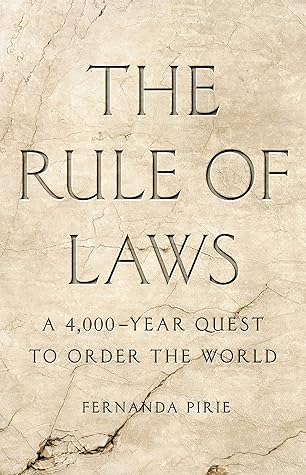Over time, the classes formed a hierarchy of ritual purity, from the elite brahmins, to the kshatriyas, to the vaishyas, and finally the least pure, the shudras. These were the four varnas, which Vedic wisdom explained as being like parts of the human body, each with its own independent character. In practice, these distinctions allowed disparate groups of people, of different ethnic origins and engaged in different occupations, to form into a single social and ritual structure. It is the basis of India’s caste system, which endures to this day.
Welcome back. Just a moment while we sign you in to your Goodreads account.


